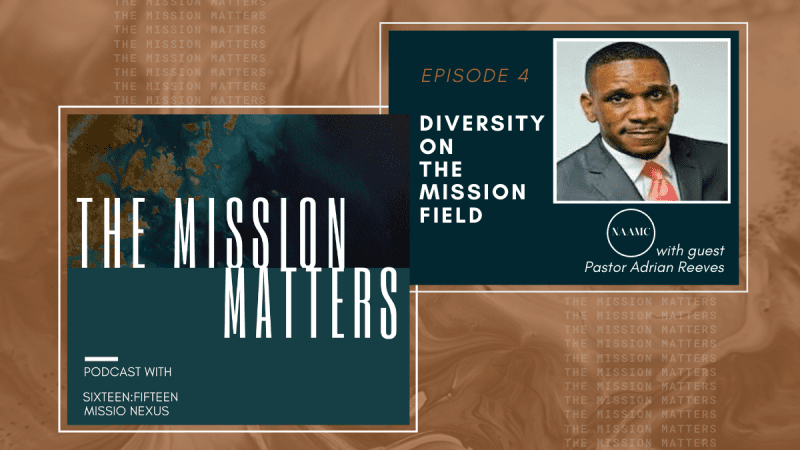Related Articles
Types of TEE
Here are some warnings and guidelines from one of the early boosters of theological education by extension, who still believes in its potential for development of the church.
Welcoming the Stranger
Presenter: Matthew Soerens, US Director of Church Mobilization, World Relief Description: Refugee and immigration issues have dominated headlines globally recently. While many American Christians view these…
The Roles of Church and Mission in Crisis Management: Overlap? Competition? Cooperation?
Description: This webinar will look at the issues churches and missions face in responding to crises on the field. How do they cooperate and communicate…
Diversity on the Mission Field
Join Ted and Matthew as they discuss “Diversity on the Mission Field” with guest Pastor Adrian Reeves.
Seven Ingredients of Successful TEE Programs
Seven ingredients that I discovered to be present in every successful TEE program that I researched in southern Africa.



